- the article explains in detail how to render a raytraced sphere that interacts with other parts of the Unity rendering pipeline
- covers how to use a billboard to render there sphere, explaining how to calculate an optimal camera facing quad and texture mapping
- extending to support shadow casting, receiving, and use of conservative depth output to enable early depth rejection
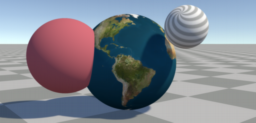
- beginner-focused tutorial that explains how 3D data is structured in computer graphics
- covers what shaders are, what type exists, and how they are used within Unity to define the look
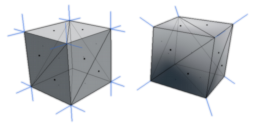
- the video tutorial explains how to create interactive snow on terrain and objects using Godot
- interactive snow is implemented via a snow mask that is updated and blends between textures and modifies vertex positions
- snow on objects is world space projected snow textures that also is interactive
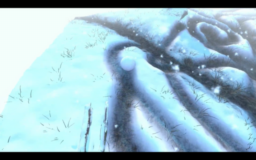
- the article presents a walkthrough of a RayTracing abstraction layer that was implemented for D3D12 and Vulkan
- provides a walkthrough of how to combine the elements to a example scene
- shows what the different raytracing shaders are and what they contribute to the final image
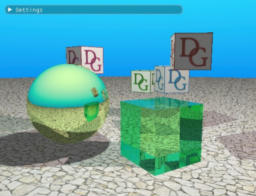
- the updated tool allows an in-depth view into the raytracing details on AMD hardware
- reveals that the driver might inline all shaders into a single shader or keep shaders separate
- the new update provides a shader table view to see the relative cost of different stages
- additional shows all shaders with costs, call count, and ability to see ISA
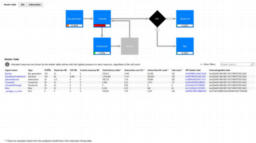
- the video explains the CUDA memory model
- covering the rules of how memory operations on shared memory from multiple threads are processed
- looking at loading, reordering, barriers, etc.. and explains with examples (source code published)
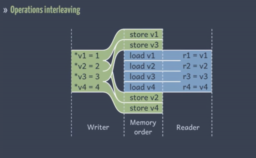
- Overview for the start of a new shader tutorial series for beginners
- starts by providing the motivation, approach, and topics that will be covered
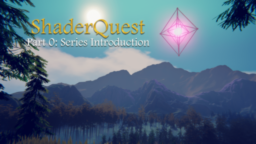
- the article focuses on providing a walkthrough of dithering techniques
- provides an overview of what dithering is, use cases
- showcase of different dithering patterns and what results they produce
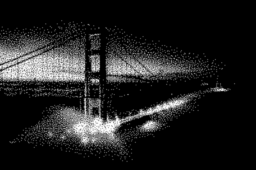
- the article provides an overview of the CVTT compression techniques used (DirecXTex fork aims to be an experiment to improve state of the art)
- shows how the different formats are compressed, common themes across formats, and lists possible improvements
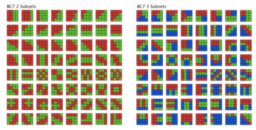
Thanks to Michael Hazani for support of this series.
Would you like to see your name here too? Become a Patreon of this series.